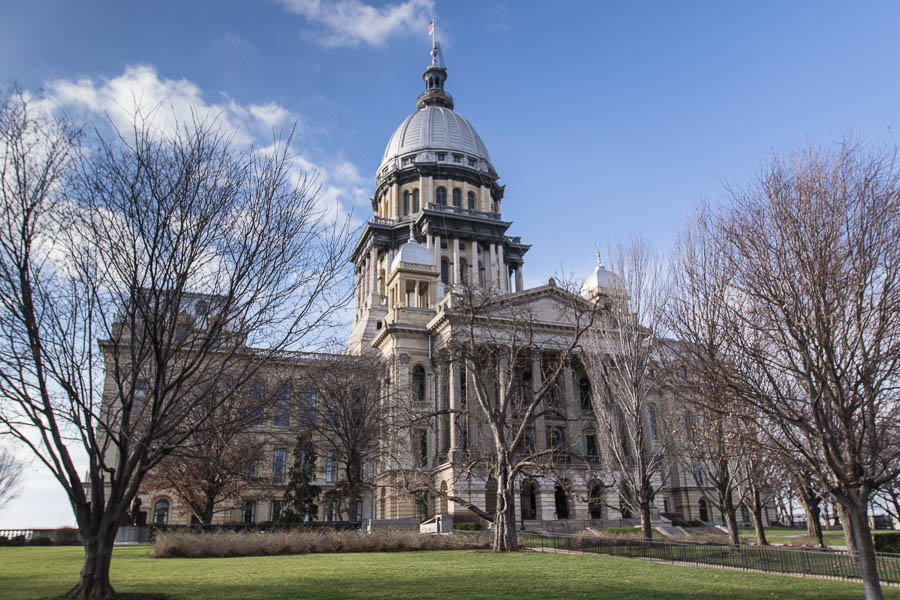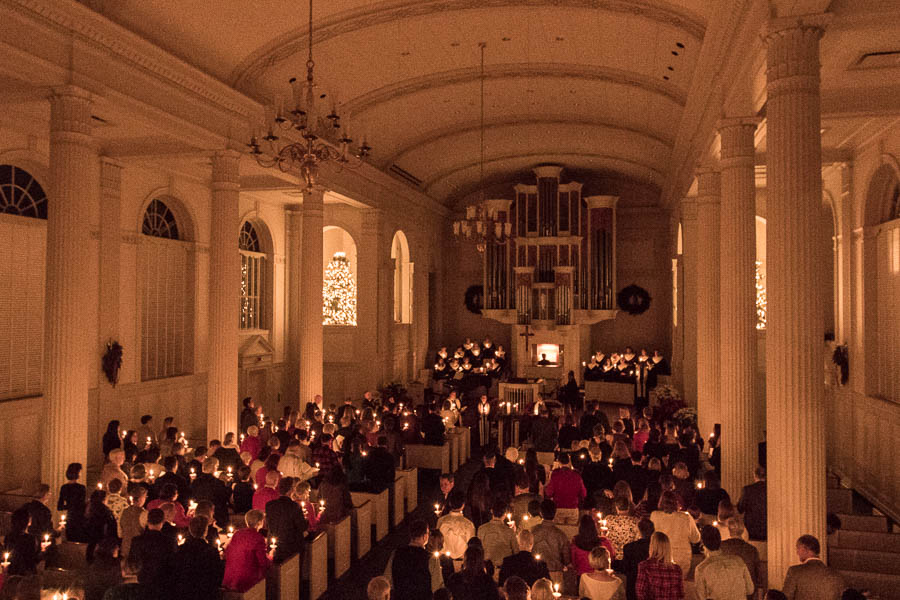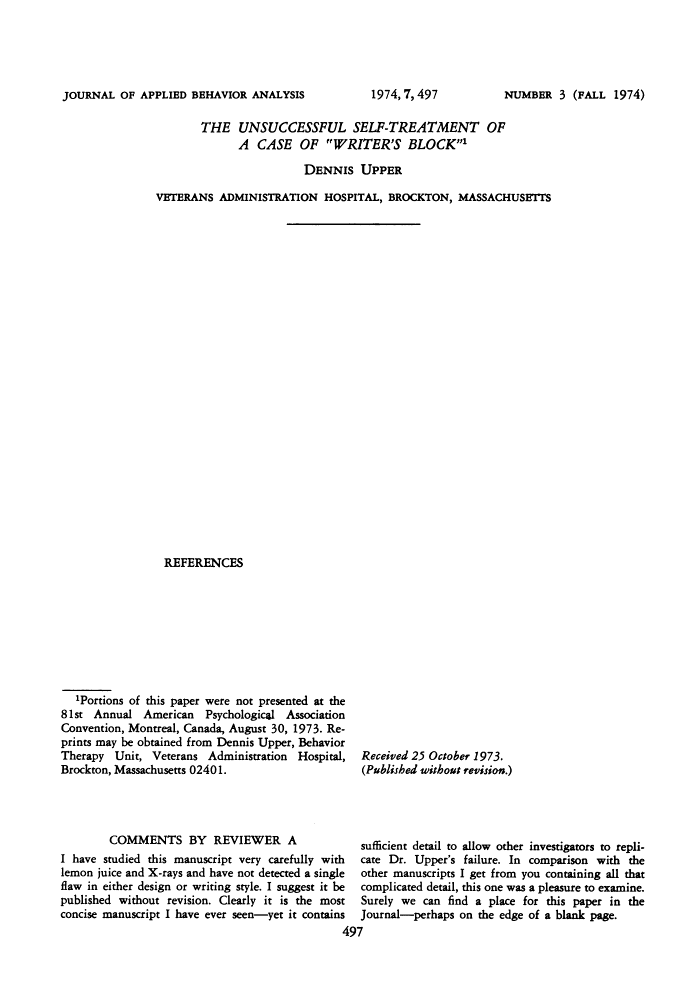I'm working from home today because I had a cable guy here for two hours, and because winter has finally arrived. The rain and sleet is also a problem because my Fitbit numbers have been off for four straight days.
I did get a lot of sleep this past weekend—but that also could be a factor today, according to new research into weekend lie-ins. (tl;dr: sleeping in on Sunday makes it harder to wake up on Monday.)
I'll have more later today. Now I have to figure out how to get a custom Microsoft Dynamics instance to play well with my company's software. That will be just as fun as it sounds.
It turns out, my Fitbit doesn't make me sad, but the numbers I get when traveling sometimes do. Despite a 3.5 km walk around Springfield yesterday, it was the second day in a row and the 4th in 10 days for which I missed my 10,000-step, 10 km goal.
On the other hand, last night I got almost 9 hours of sleep (according to my Fitbit), through several trains and a thunderstorm.
Yes, there was a thunderstorm in December in central Illinois. That's just weird. And in future, probably a lot more common.
It turns out, our neighbor to the west has a better-looking capitol building than we do. I mean, gilded roof? On a hill? We have none of these things. But we also don't have Steve King, which makes up for it and then some.

That's from October 2004. I've tried to correct what the original camera did to it, but it only provided so much data.
Apparently we have two. The old one:

And the new one:

And as a bonus, here's a squirrel:

Combine a full moon, a really good camera, and a beautiful church on Christmas Eve:

(The grain is from shooting a HDR photo at ISO-12800.)
Did I mention the candlelight part?

The final piece of the service is the entire congregation singing "Silent Night" holding candles. Even as an atheist, I found it moving. And the Winnetka Congregational Church, while still a Christian church, doesn't beat people over the head with religion. I'm certain I wasn't the only atheist in the congregation.
Too many things showed up in my RSS feeds this morning. Fortunately, I've got a few days off this weekend and next.
And now, a conference call.
Duke University business professor Jordan Etkin found evidence they might:
"In general, tracking activity can increase how much people do," Etkin said. "But at the same time, measurement has these pernicious effects. Enjoyable activities can became almost like a job, by focusing on the outcomes of things that used to be fun."
In another study, researchers had 310 participants read for eight minutes. One group read additional text that described reading as fun an enjoyable; for another group it was described as useful and educational — more like work. A third group received no additional information. In all three groups, some readers were told how many pages they had read as they went, others were not.
The readers who could see how many pages they had read reported that reading felt more like work and less enjoyable than those who could not — but not among participants who were told the project was more work-like at the start.
"This doesn't mean we should stop measuring our daily activity," she said, "but we need to balance that increased productivity against our underlying enjoyment. For activities people do for fun, it may be better not to know."
Finding out that my Fitbit might make me sad makes me sad.
Of course, this could just be a horrible example of bad science reporting, which Deeply Trivial just blogged about yesterday.
It turns out, Chicago has more revolving doors than any other city in the U.S.:
Angus MacMillan, the national sales manager for Crane Revolving Doors, says Chicago and New York are the biggest markets for revolving doors, and that Chicago was the No. 1 market for decades. He thinks downtown Chicago may have more revolving doors per block than New York: “I get my [sales] reps in from all around the country, and I’ll take them to downtown Chicago, and they’ll count more revolving doors in one block there than they have in their whole city.”
Architect Patrick Loughran of Goettsch Partners says Chicago’s still got a lot of revolving doors because we have so many tall buildings.
“Any high rise building is going to have to have elevator cores that take people from the bottom all the way up,” he says. “Those big open tubes create the stack effect where heat and air rise, and it creates this suction at the base of the building.”
Concerns about the stack effect in highrise buildings only partially explain why the revolving door is so common in the Chicago landscape. Because, if you take a stroll around the Loop, you’ll see contemporary low rise buildings with revolving doors as well: drug stores, restaurants, cafes, and clothing retailers. The likely reason doesn’t have to do with countering the stack effect. According to MacMillan, it comes down to comfort and economics — the need to maximize floor space.
I love WBEZ's Curious City series because of stories like this.
Today I'm at Le Cordon Bleu learning sauces. Full report later.

Via the scientist responsible for Deeply Trivial, secondarily via Real Clear Science, comes a research paper so succinct it didn't require any actual words:

Note the reviewer's comments at the bottom.
As Deeply Trivial IM'd me just now, "Who knew scientists had a sense of humor?"